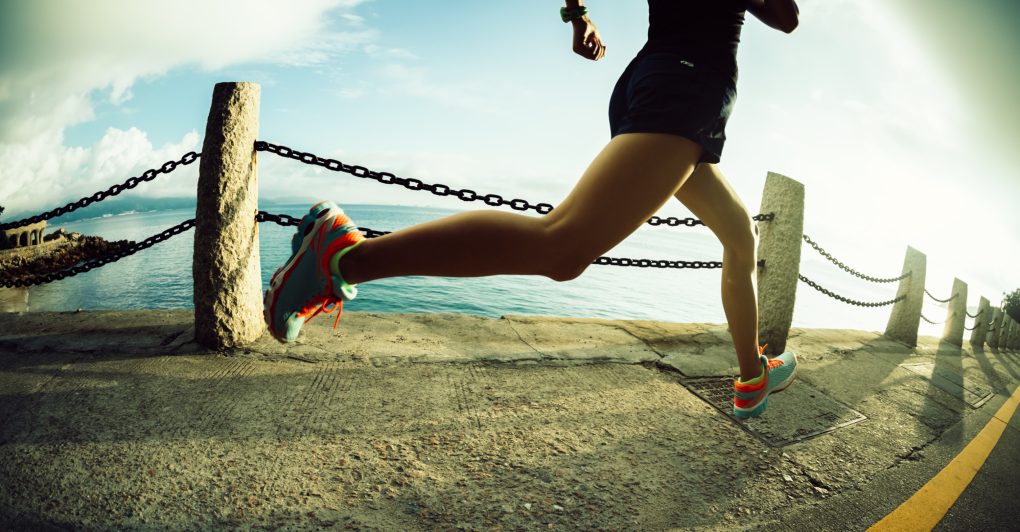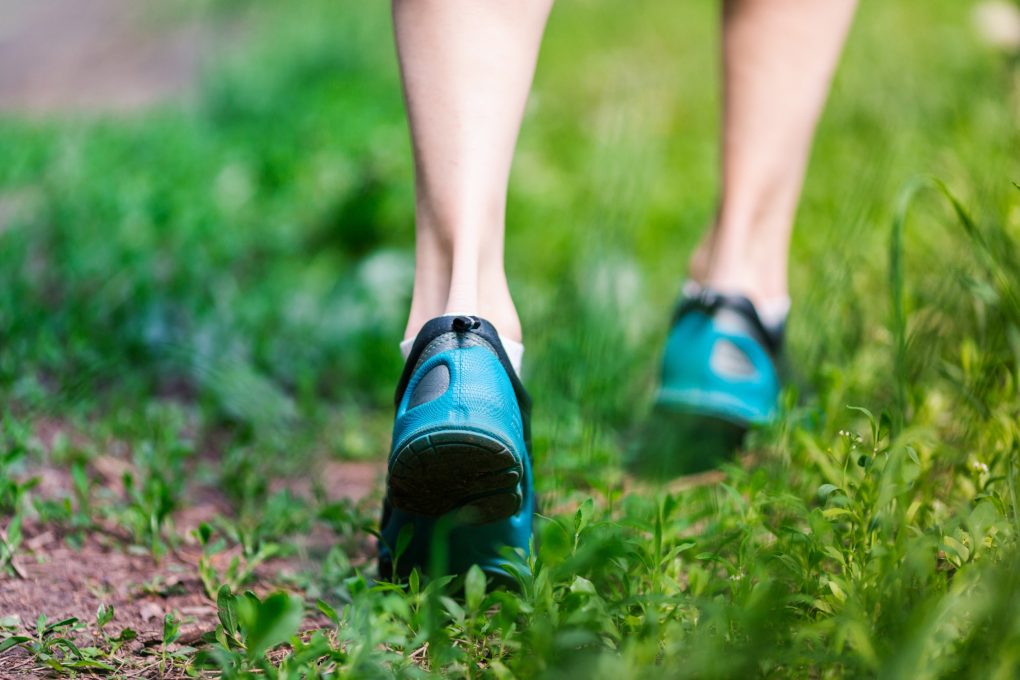Can You Use Trail Running Shoes on the Road: A Comparison of Trail and Road Shoes
Yes, you can use trail running shoes on the road. Trail running shoes are great for road running as they provide cushioning and stability; however, they are designed for running on softer surfaces like dirt and grass, while road running shoes are better suited for pavement. Trail running shoes are better equipped to handle rougher terrain than road running shoes.
When deciding whether or not to wear trail running shoes on the road, it’s essential to consider your typical road/trail conditions and what type of shoe will best suit them. Hybrid trail running shoes provide the best of both worlds – providing cushioning and stability for off-road running while still capable of running on pavement.


Differences Between Road and Trail Running Shoes
Trail running shoes are designed on trails and streets, not roads, with a more rigid bottom to provide more stability on rough terrain and better traction than road running shoes.
Uppers
Road shoes are a good place to start if you’re transitioning to trail running. They provide cushioning and stability on hard surfaces, making them well-suited for running on trails. On the other hand, trail runners use softer materials better suited for running over uneven terrain.
If you have already invested in road shoes and want to transition to trail running, make sure you buy shoe inserts or pads designed explicitly for this running.
Stability
Running shoes are an essential part of any runner’s gear, and for a good reason – they make running on pavement or trails a much more comfortable experience.
Road running shoes are designed to provide a smoother and more consistent surface, which is perfect for running long distances. They also come with stiffer soles that help you run faster and stay stable on the road.
Trail running shoes, on the other hand, are designed specifically for off-road terrains such as hiking trails or nature preserves. Their flexible design makes it easier to move over uneven surfaces, while their lower-bottom spikes provide extra stability when crossing obstacles or uneven ground.
Weight
Running on the road is heavier than running on trails, and your shoes will not be able to handle the extra weight. Also, since rail running shoes have reinforced uppers, they are usually heavier.
Outsoles
Trail runners traditionally use a thicker sole to provide more cushioning and support on softer terrain such as trails. For example, road running shoes may have spikes or rubber studs on the bottom designed for traction on pavement. However, trail runners do not need these features as they run over softer terrain and rocks – something road runners can’t do!
Toe Box


Running shoes come in different shapes and sizes, each designed for a specific purpose. However, trail running shoes are specifically made for running on trails – their toe box allows your toes to spread out more and absorb shock better. This means you will experience less wear and tear on your joints and ligaments when running off-road.
Midsoles
Midsoles are part of running shoes that cushion the heel and toe. They come in different types, designed for pavement or trails. Trail running shoes have a softer midsole which absorbs shock better, providing more cushioning than road running shoes on the pavement.
However, you can use road running shoes on trails – but it is not recommended as they will only last for a short time due to the increased wear and tear caused by traction on the trail’s surface.
Durability
Trail running shoes are built to handle the rugged terrain of trails better than road running shoes. They have a more rigid and flexible sole which gives you more stability on the ground, reducing fatigue and injury during long runs/trails.
They also come with a higher arch which helps reduce damage to your feet, making them especially good for trail runners who spend a lot of time running on uneven surfaces.
Grip and Traction
Running shoes are essential for anyone running on pavement or trails, but the type of shoe you choose depends on your running style. A softer sole is best for road running as it provides good cushioning and absorbs shock well.
Trail runners prefer shoes with stiffer soles that grip the ground better and offer more traction. So, test out different brands and models before buying them to get the perfect pair suited just for you!
The Cons of Using Trail Running Shoes
They Won’t Last As Long on the Road
Running in shoes meant for trail running will wear down much faster than shoes designed for pavement running when on the road. The roads will quickly wear down shoe treads and cause them to slip, which makes it challenging to run with any power or maintain a consistent pace.
On the other hand, trails offer runners a more challenging workout while providing an efficient and relaxing running experience. There is no chance of muscle soreness because there is less impact noise and vibration when running on trails compared to streets.


They Are Less Comfortable on the Road
Unless you are running for a road race or some other specific goal, trail shoes should not be your go-to choice when running on the road. Instead, use running shoes that are designed specifically for pavement use.
Trail shoes have a less rigid and more flexible sole better suited to running on softer surfaces. Additionally, they tend to be bulkier and heavier, making them less comfortable to wear while traveling.
Consider Hybrid Trail Running Shoes
Consider hybrid trail running shoes if you’re running on both roads and trails. These shoes combine the stability and traction of a traditional road shoe with the cushioning and wear-resistant properties of a cross-country or mountain runner’s shoe. Additionally, hybrid trail running shoes are specifically designed for challenging trails, so you’ll get the best performance possible.